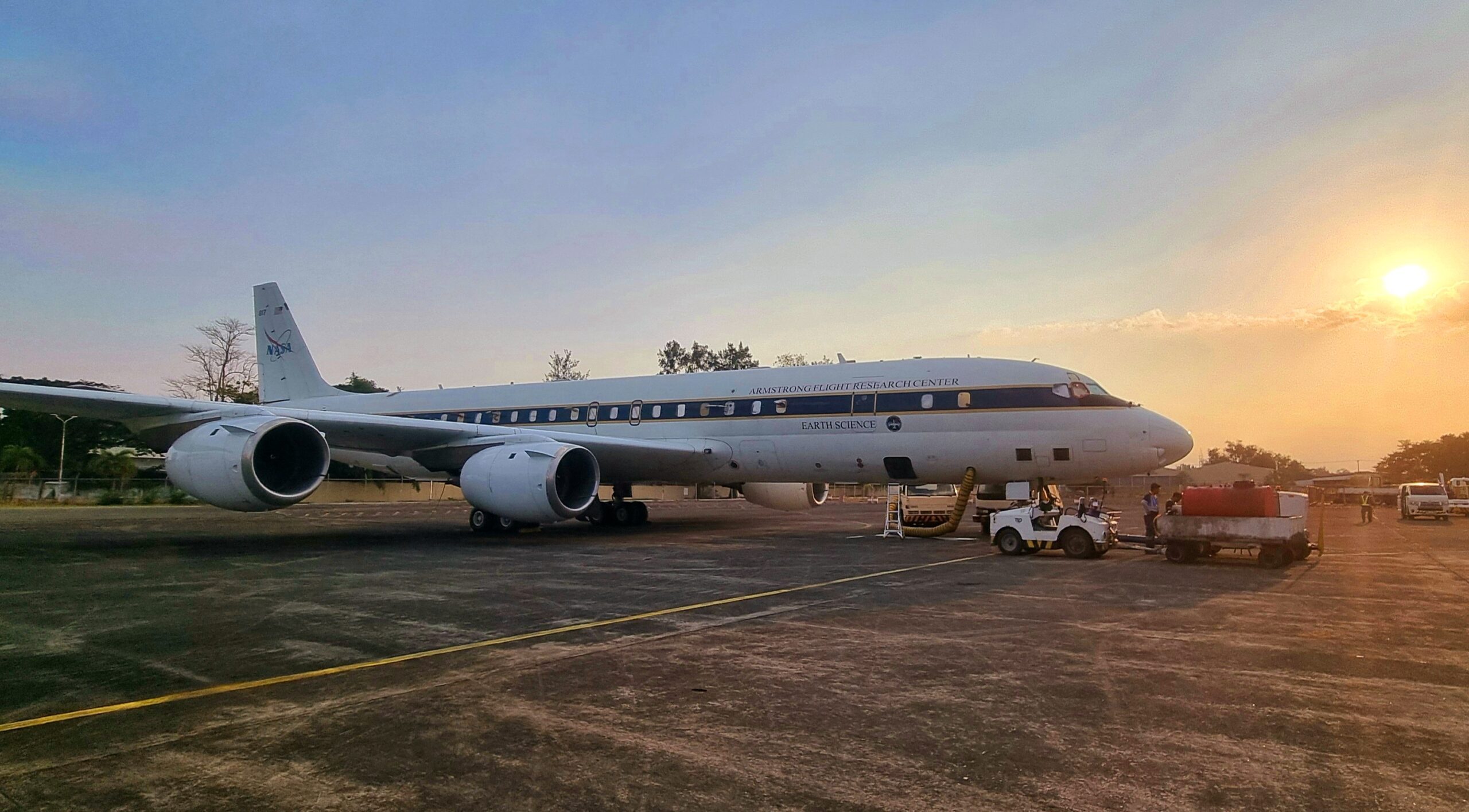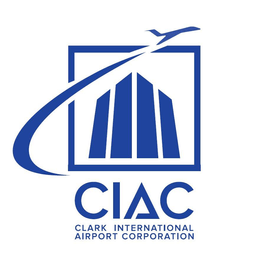SUMMARY
This is AI generated summarization, which may have errors. For context, always refer to the full article.

CLARK FREEPORT, Philippines – The National Aeronautics and Space Administration (NASA) is conducting an Asian mission on air pollution to study the air quality in four Asian countries, including the Philippines, in a “flying laboratory.”
The mission is dubbed as the “Airborne and Satellite Investigation of Asian Air Quality” (ASIA-AQ).
Together with Korea’s National Institute of Environmental Research (NIER), the Department of Environment and Natural Resources Philippines (DENR), the Philippine Space Agency, the Manila Observatory and other partners, the flying laboratory will collect detailed air quality data over multiple locations in Asia using aircraft, ground sites, and satellites to improve the understanding of local air quality issues.
NASA’s DC-8 aircraft, which carries a total of 26 scientific instruments, will fly across major parts of Luzon together with the Gulfstream 3 (G-3) aircraft to collect airborne sampling and understand the air quality in the country.

The ASIA-AQ mission will also conduct air analysis through a collaboration between local scientists, air quality agencies, and local governments.
Katherine Paredero, a researcher at the University of California Irvine, said the two-month mission includes South Korea, Thailand, and Malaysia.
Paredero said the mission will also have ground level measurements and satellite measurement to complete the data analysis for the local air quality in each country.
“This is going to take place in the next two months. Two weeks in the Philippines, two weeks in South Korea, two weeks in Thailand, and two weeks in Malaysia. For now, it’s just Asia. It’s a cohesive study that we are all going to compile together,” Paredero said.
Bid for cleaner air
The cities in Asia, where we are going to, are the megacities in Asia that are all suffering from pretty bad air quality, mostly very high levels of particulate matter,” said NASA platform scientist Jack Dibb.
Dibb said the collaborative mission is funded by NASA. They will coordinate with national government agencies and other local scientists and partners to determine factors affecting the local air, its issues, and help change policies as part of a mitigation process to improve the local air in the country.
“So in the end, it’s going to be the government of the Philippines that is going to take what we all learned together and change the policies to improve the air quality in the Philippines,” said Dibb. “And all work together to try to figure out which control measures, mitigations, will have the biggest benefit with the least cost.”
DENR Secretary Maria Antonia Yulo-Loyzaga said the investigation will help the government address factors and understand air pollution in the country as it also poses risks to human health. Loyzaga said the study will also help address the climate crisis as well as global warming.
Loyzaga said the ASIA-AQ mission will help the country in strengthening air quality regulations, implement emission control mitigations, and develop sustainable strategies to improve air quality in the country.
“We all want cleaner air. All over the world, governments are now working to prioritize the prevention of air pollution as an essential solution to one of the most pressing environmental problems of the world,” Loyzaga said during the mission briefing at the Hilton Hotel in Clark Freeport on February 8.
“The ASIA-AQ will help improve air quality monitoring, facilitating regional collaboration and data sharing, supporting policy development, and providing capacity-building opportunities,” she added.
A total of five engineers and air quality specialists from the DENR-Environmental Management Bureau will join NASA in the flying laboratory to learn and observe the scientific research to build their technical capacity and expertise.
“To complement the project, DENR will also be enhancing its air quality instrumentation network this year, made possible by the 2024 national budget and by partnerships with development partners,” Loyzaga said.
The ASIA-AQ mission has already conducted two flight research flights since it arrived last February 2. They are set to fly again over Luzon until February 15.
The ASIA-AQ project in the Philippines is under a joint understanding of the DENR and NASA. – Rappler.com
Add a comment
How does this make you feel?







There are no comments yet. Add your comment to start the conversation.